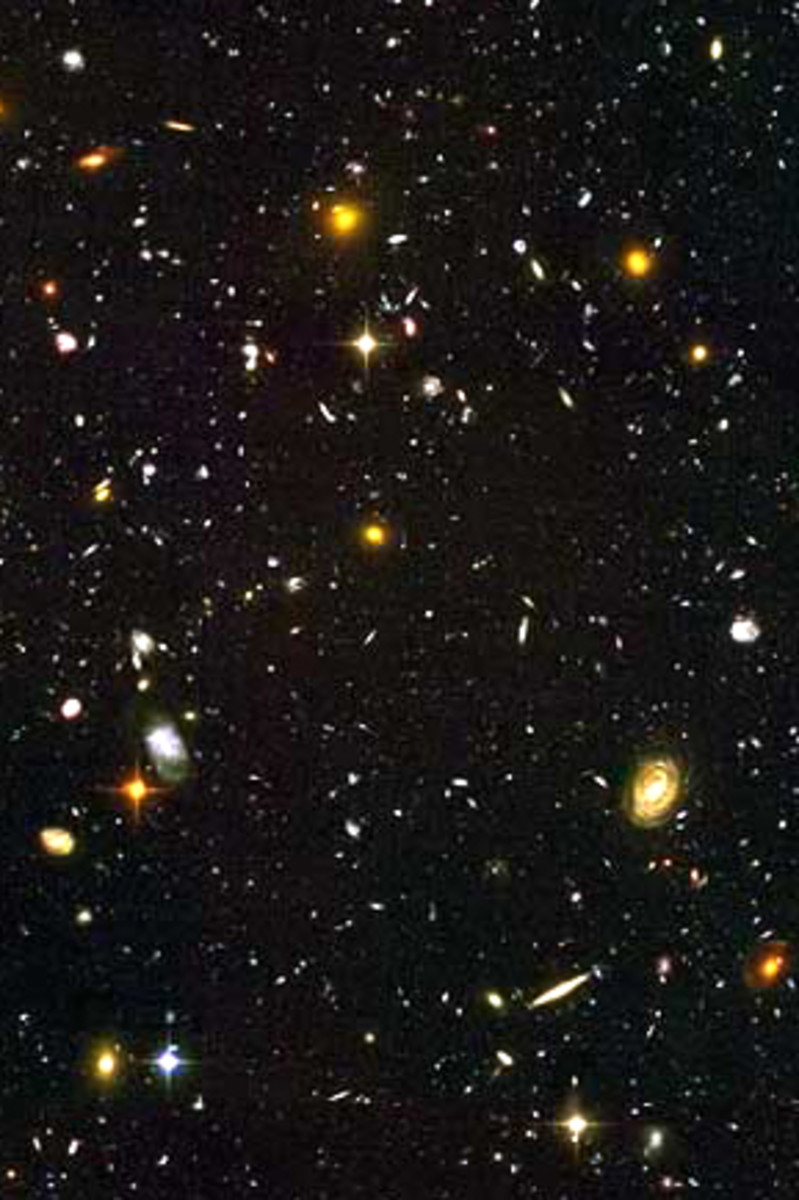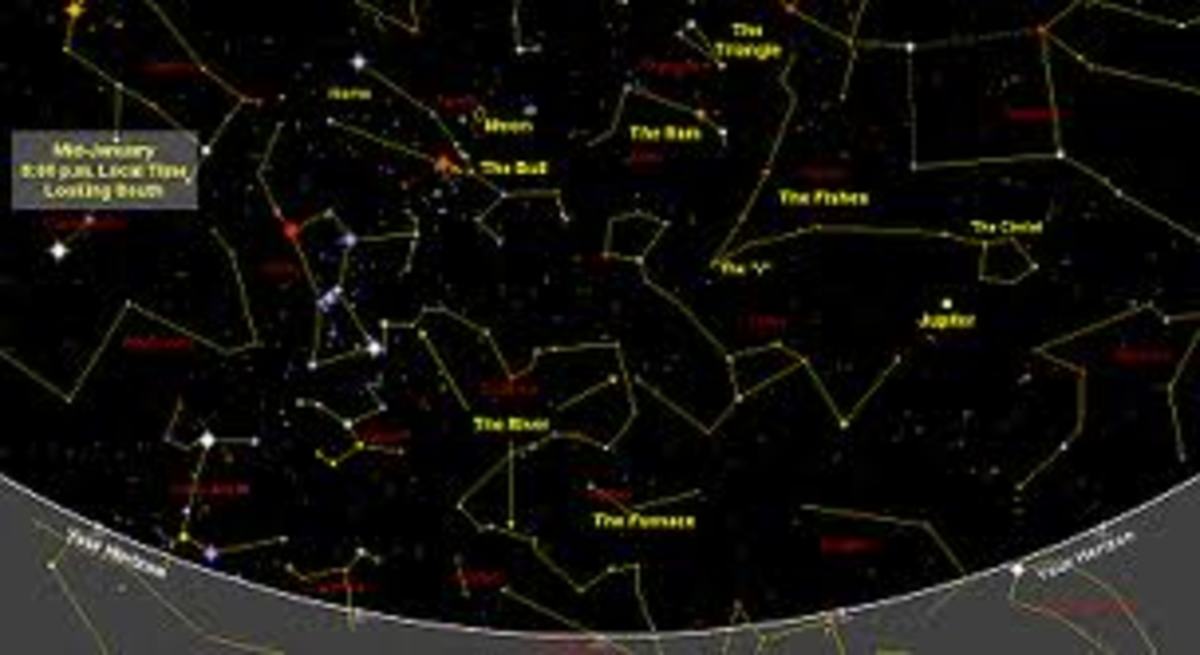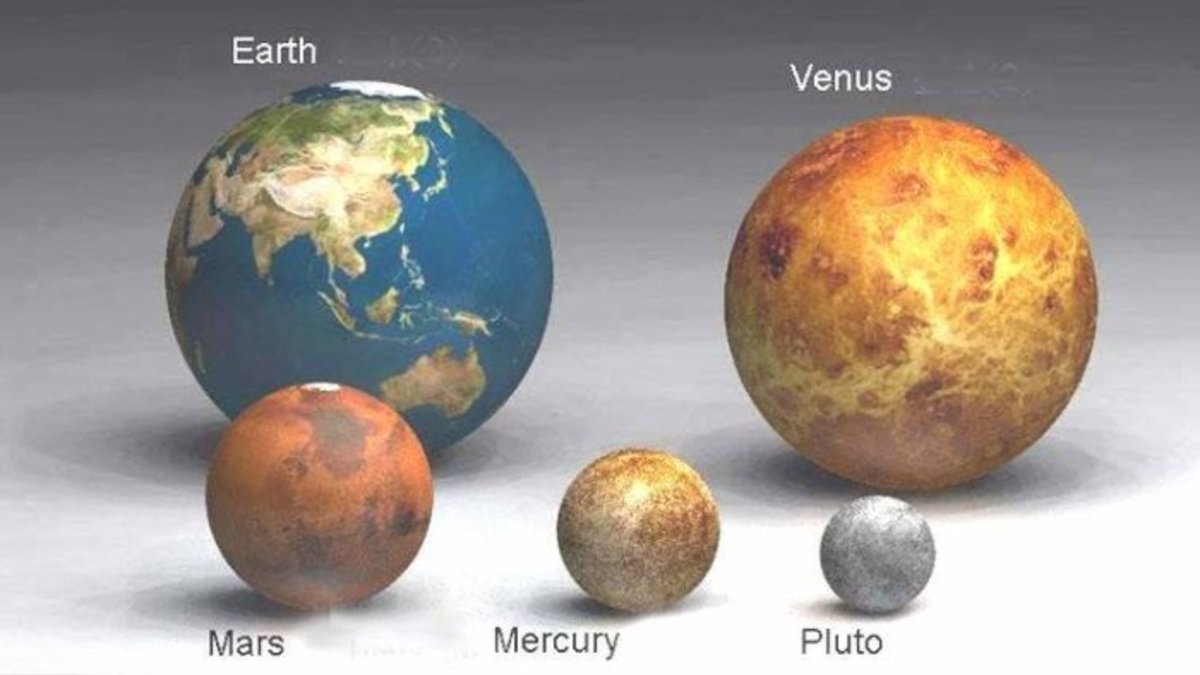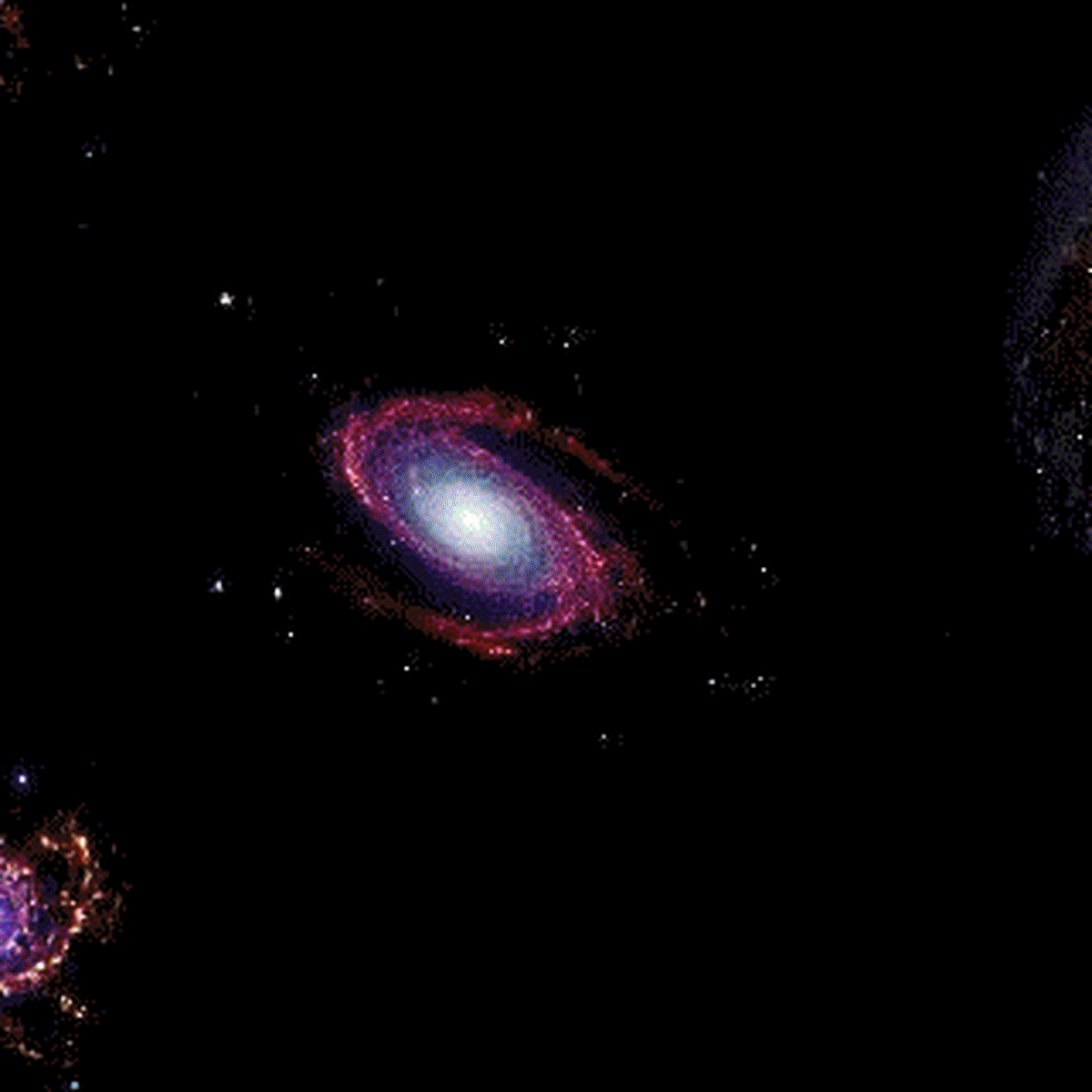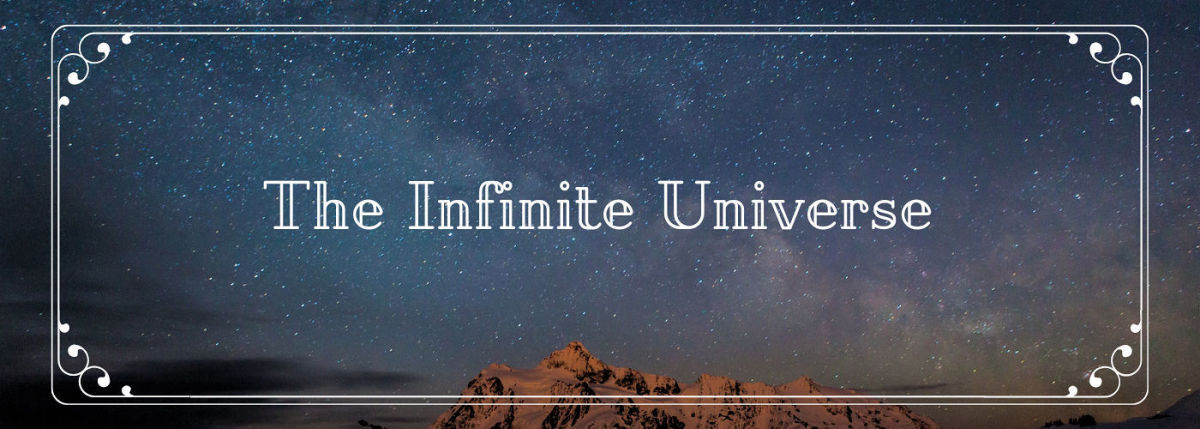The Wonders of the Universe
Finding Your Way Around the Heavens
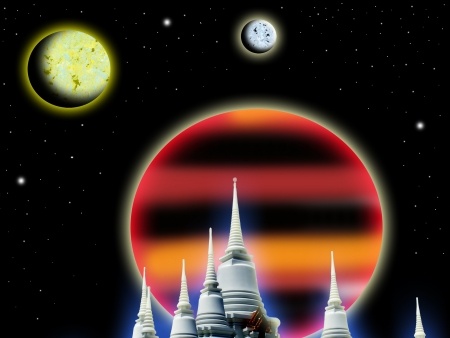
This Article is Aimed at Children in the British Isles Due to the way the Constellations Appear from Britain
Anyone can just look up at the night sky and appreciate the heavens in all their magnificent glory, but how much more fun it could be if you were able to identify some of the planets, stars and constellations you can see and know where to look for them at different times of the year.
It's not difficult to do this; you don't even need any special equipment, although a pair of binoculars or a small telescope would be handy. A torch can be useful too for looking at your star charts in the dark, but be sure to pick a clear evening and try to find somewhere away from the glare of street lights.
The Outer Limits
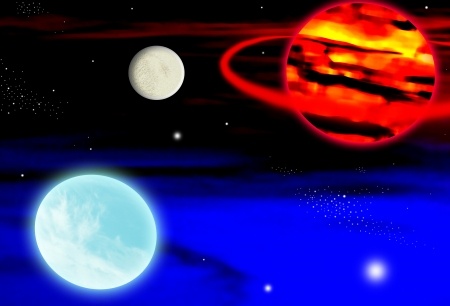
Our Solar System
Our world is one of nine planets which all revolve around the Sun, the nearest star. Earth is 93 million miles away from the Sun and takes a year to travel around it.
Some planets take less time than this; these are Venus and Mercury which are much closer to the Sun than we are. The outer planets all take much longer to complete their journey and Pluto, the most distant in our solar system takes about 250 years.
When you look at a planet with the naked eye it appears the same as a star, but stars always keep their set patterns in the night sky and planets do not. The word ‘Planet,’ actually means ‘Wanderer.’ If you observe the planets at frequent intervals every few weeks you will soon be able to tell the difference.
If the Earth stood still the stars would always seem fixed in the same place. But the Earth spins on its axis once a day as well as moving in its orbit around the Sun. This means that the entire sky appears to move in the opposite direction. If you like you can do an experiment to show this: place a camera with its shutter open near an open window for a few hours at night (making sure it's correctly positioned, pointing up at a clear night sky - you can get an adult to help you with this.)You will find when the film is developed that you have a photo of star trails showing how far each star has travelled.
If you see a brilliant ‘Star’ in the south west, usually alone, before the real stars appear it is the planet Venus, known as our sister planet because it is the same size as Earth. It appears as an evening star for about seven or eight months and then after a short absence it can be seen again in the south-east as a morning star for the same length of time. Sometimes on a spring evening if you have a clear view towards the western horizon you can also see Mercury.
Mars is only half the size of the Earth and can look rather disappointing to the eye but when viewed through a telescope it can be recognised by its reddish colour due to the sandy deserts which cover its surface. It is also possible to see the polar ice caps.
Jupiter, the largest planet in our solar system can be seen all night and shines brilliantly in any position from east through south to west. If you look at Jupiter through a telescope it looks like a shiny silver coin. You may even see four tiny dots of light nearby, these are Jupiter's main moons.
Saturn can look beautiful through a telescope because of its ring system. The largest of Saturn's moons, Titan can also be seen through a small telescope.
Beyond Saturn are three smaller worlds Uranus, Neptune and Pluto. Uranus is only just visible with the naked eye and Neptune appears as a bluish disc through a telescope. Pluto is so far away it only appears as a faint speck; a cold and lonely world so distant that some astronomers no longer consider it part of our solar system.
The sun is the source of all life. It is like a vast nuclear furnace that gives light to our world. Without its warmth and energy there would be nothing living on our planet. You must never look directly at the Sun - not even at sunrise or sunset as it can cause permanent eye damage. You must never look at it through binoculars or with a telescope either as this is even more dangerous. Instead you can make a ‘Pinhole camera,’ just prick a hole in a piece of cardboard and let the light from the sun fall onto another piece of card placed directly behind it; you will then see the sun's disc.
The moon is our nearest neighbour. It is 250,000 miles away. It only appears shiny because of the reflected light from the sun. Look carefully and you will be able to see craters without the aid of a telescope. Try to look when the moon is half full and then you will see the mountain ranges which run down the middle because the shining rays from the sun make them stand out more clearly. The moon has plenty of features that are easy to observe. The craters and mountain ranges all have names and can be spotted easily on a clear night.
Sometimes during the months of August, November and December it is possible to see meteor showers and very rarely you can see a comet with the naked eye which will appear for a few days as it travels towards the sun in a vast orbit which takes it from the outer regions of our solar system then close to the sun and back again to the depths of space. Comets are the true nomads of the galaxy.
Constellations are groups of stars which were named long ago; they were given names of animals or Greek heroes. The easiest constellations to find are probably the Great Bear and the Little Bear sometimes known as the Big Dipper and the Little Dipper. They are always visible from northern countries whatever the time of year. Polaris is known as the North Star because it is directly above the North Pole. It is also easy to find because of its brightness.
Another easily detectable constellation is Orion in the winter sky, all its stars are very bright and it looks just like a big, belted dress. On a clear night you can also see the Orion nebula, which to the naked eye appears as a faint hazy patch. Further south is unmistakable Sirius the brightest star in the heavens, sometimes known as the Dog Star.
Stars are different colours too. The bluish ones are hotter than the red or yellow coloured ones. Our own star is small and yellow and fairly ordinary when compared to some stars in the cosmos known as red giants.
Sometimes in spring and autumn it is possible to see the Milky Way stretching overhead from East to West; it looks like a pale hazy band of varying brightness. The Milky Way is the galaxy in which we live. All the stars we can see in the night sky are part of our own galaxy but if you look between the constellations of Cassiopeia (which is easy to spot because it looks like a big ‘w’) and Pegasus you will spot the most distant object which our eyes are capable of seeing - this is the neighbouring galaxy of Andromeda. If you look directly overhead on a dark night in November or December you can just make it out as a dim hazy blob. The light you see from this galaxy will have taken two million years to reach you.
There is still much to discover about our universe, we are learning new things all the time. From our nearest neighbour the moon to the most distant known objects in the universe such as quasars there is always something new to discover. Perhaps you could start a file and fill it in with all the information you have learned while you have been finding your way around the heavens.
A Trek to the Stars
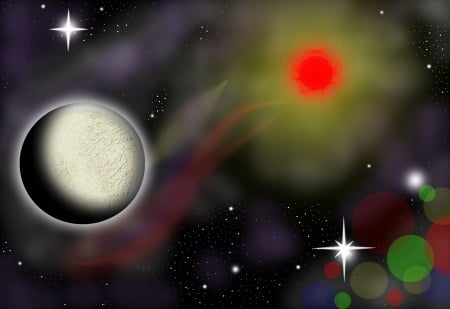
Astronomy Videos for Kids
The Sun - Our Nearest Star
© 2015 Stella Kaye

